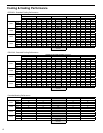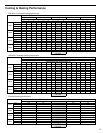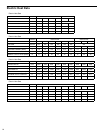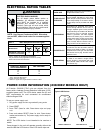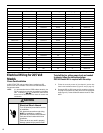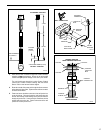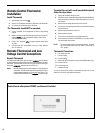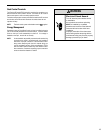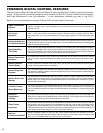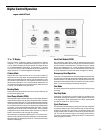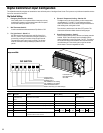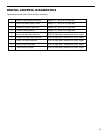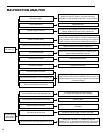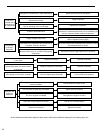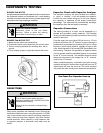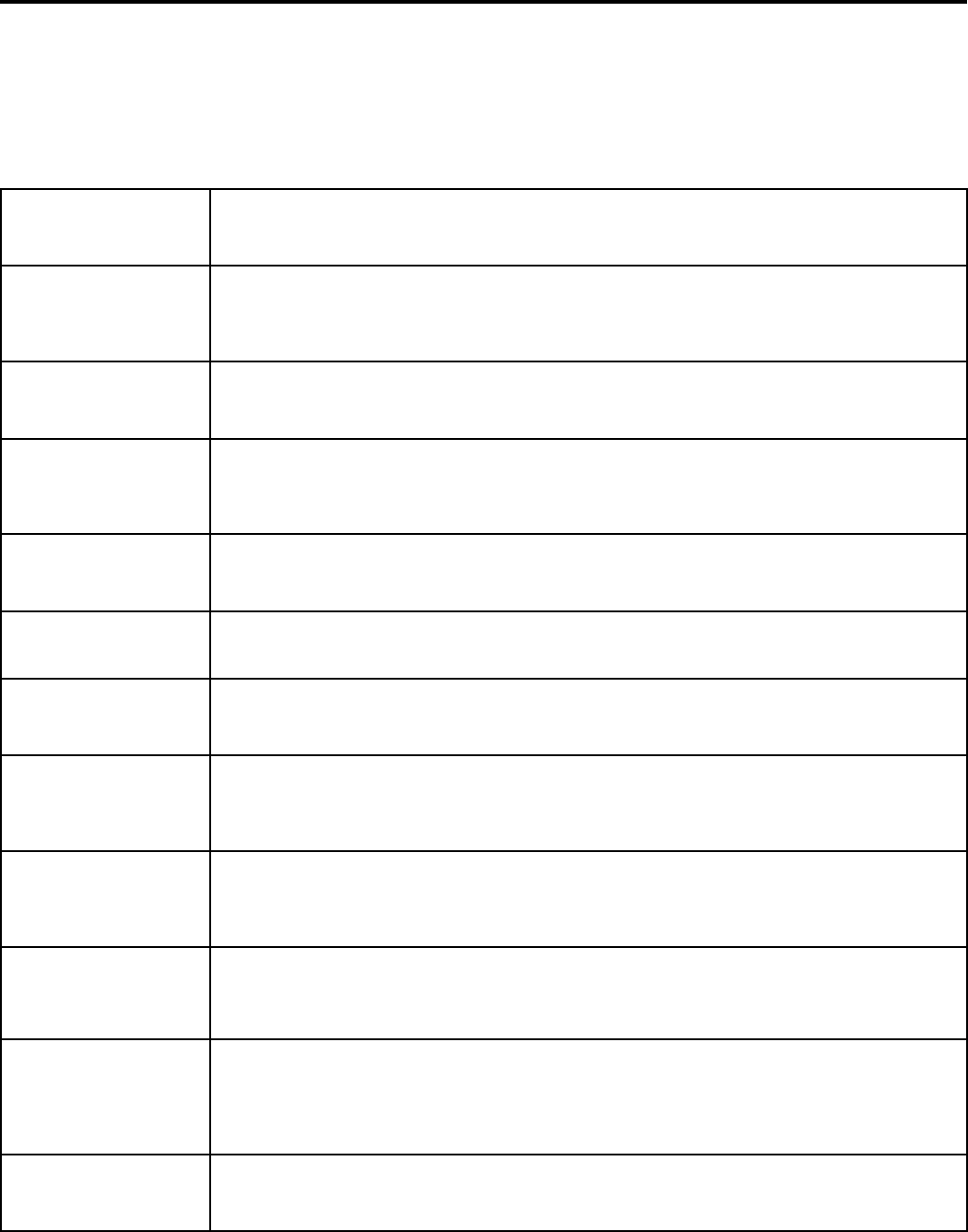
FRIEDRICH DIGITAL CONTROL FEATURES
The new Friedrich digital PTAC has state of the art features to improve guest comfort, indoor air quality and conserve
energy. Through the use of specifi cally designed control software for the PTAC industry Friedrich has accomplished
what other Manufacturer’s have only attempted – a quiet, dependable, affordable and easy to use PTAC.
Below is a list of standard features on every Friedrich PTAC and their benefi t to the owner.
Digital Temperature
Readout
By digitally monitoring desired room temperature the room is controlled more precisely than conventional
systems. The large, easy to read LED display can show either set-point or actual room temperature as
selected by owner.
One-Touch
Operation
When the unit is powered off the unit can be returned directly to heating or cooling mode by pressing the
‘Heat’ or ‘Cool’ buttons without the confusing power up sequence of some controls. One-touch control
takes guess-work out of unit control delivering a more enjoyable experience and eliminating front-desk
calls.
Individual Mode and
Fan Control Buttons
By having separate control buttons and indicators for both fan and mode settings the Friedrich digital con-
trol eliminates the confusion of previous digital PTACs. The accurate temperature setting provides greater
guest comfort than other systems.
Quiet Start/Stop
Fan Delay
The fan start and stop delays prevent abrupt changes in room acoustics due to the compressor energizing
or stopping immediately. Upon call for cooling or heating the unit fan will run for fi ve seconds prior to en-
ergizing the compressor. Also, the fan off delay allows for “free cooling” by utilizing the already cool indoor
coil to its maximum capacity by running for 30 seconds after the compressor.
Remote Thermostat
Operation
Some applications require the use of a wall mounted thermostat. All new Friedrich PTACs may be switched
from unit control to remote thermostat control easily without the need to order a special model or acces-
sory kit.
Wireless Remote
Control Ready
Guests can adjust the temperature and mode of the unit through the use of an optional hand held wireless
remote, improving guest comfort and relaxation.
Internal Diagnostic
Program
The new Friedrich digital PTAC features a self diagnostic program that can alert maintenance to compo-
nent failures or operating problems. The internal diagnostic program saves properties valuable time when
diagnosing running problems.
Service Error Code
Storage
The self diagnosis program will also store error codes in memory if certain conditions occur and correct
themselves such as extreme high or low operating conditions or activation of the room freeze protection
feature. Storing error codes can help properties determine if the unit faced obscure conditions or if an error
occurred and corrected itself.
Constant Comfort
Room Monitoring
The on-board processor monitors time between demand cycles (heat or cool) and will cycle the fan every
9 minutes to sample the room condition and determine if the desired conditions are met. This allows the
room to have similar benefi ts to a remote mounted stat without the complication or cost of a wall mounted
thermostat.
Electronic
Temperature
Limiting
By limiting the operating range the property can save energy by eliminating “max cool” or “max heat” situ-
ations common with older uncontrolled systems. The new electronic control allows owners to set operating
ranges for both heating and cooling independently of one another.
Room Freeze
Protection
When the PTAC senses that the indoor room temperature has fallen to 40°F the unit will cycle on high fan
and the electric strip heat to raise the room temperature to 46°F then cycle off again. This feature works
regardless of the mode selected and can be turned off. The control will also store the Room Freeze cycle
in the service code memory for retrieval at a later date. This feature ensures that unoccupied rooms do not
reach freezing levels where damage can occur to plumbing and fi xtures.
Random
Compressor Restart
Multiple compressors starting at once can often cause electrical overloads and premature unit failure.
The random restart delay eliminates multiple units from starting at once following a power outage or initial
power up. The compressor delay will range from 180 to 240 seconds.
20



